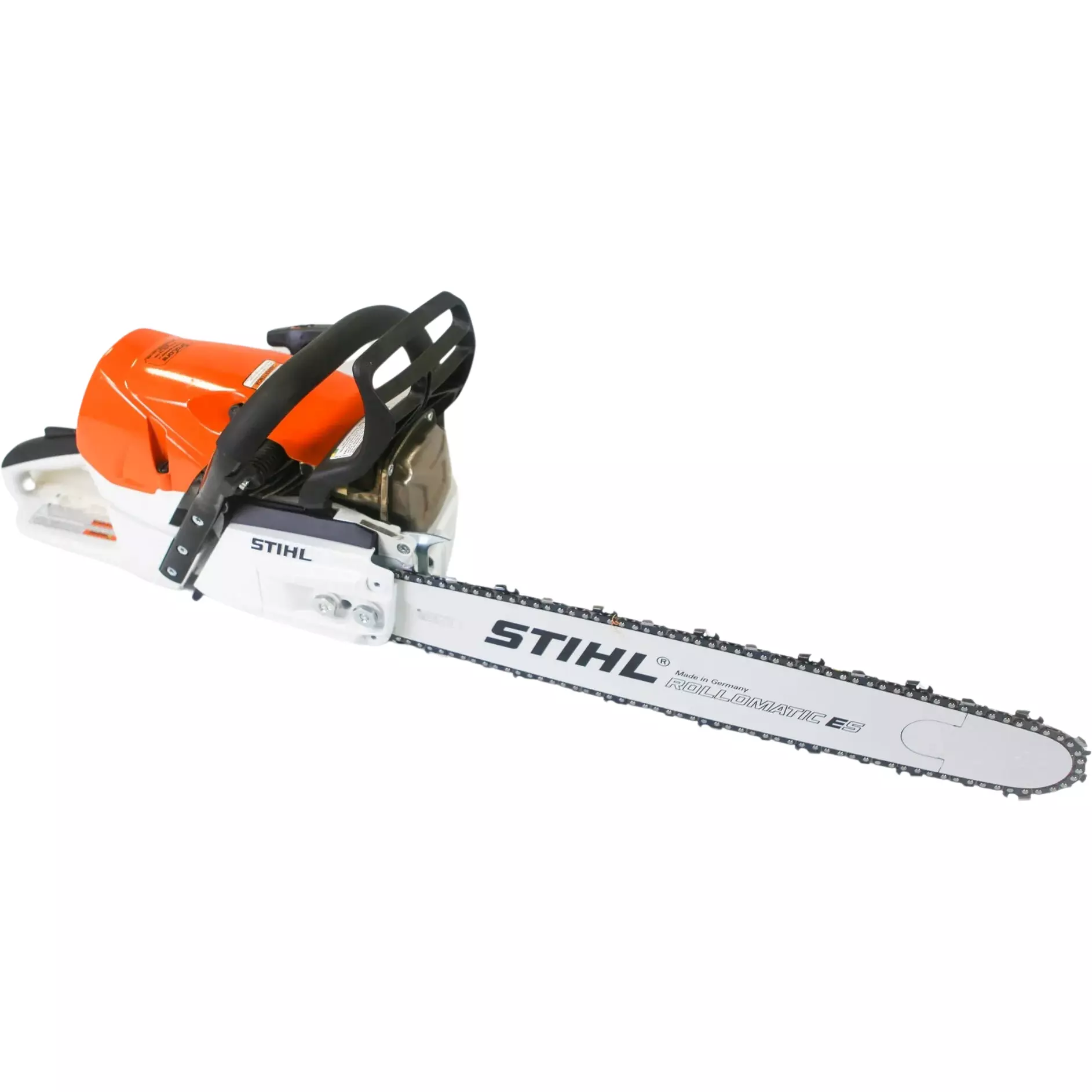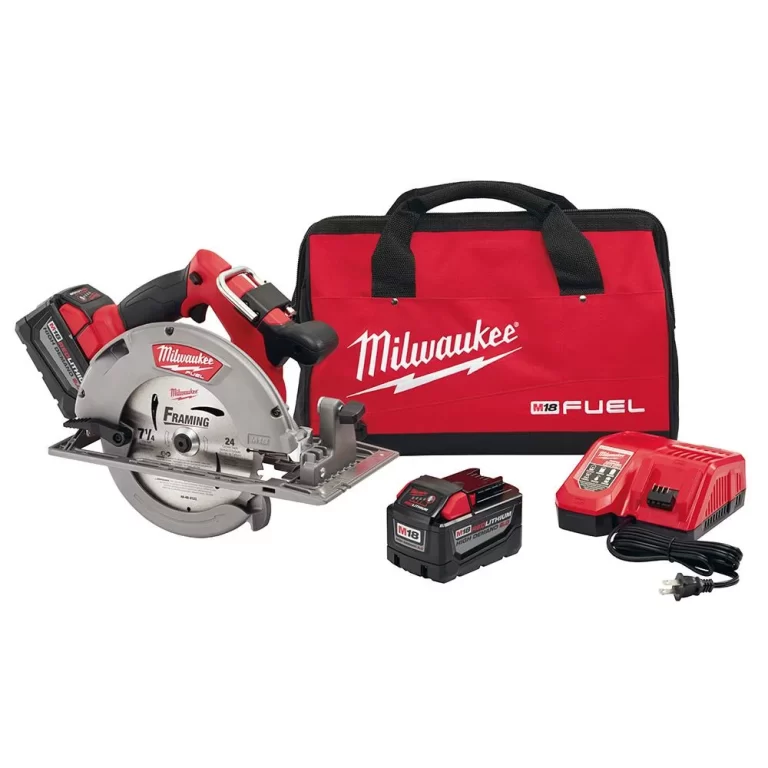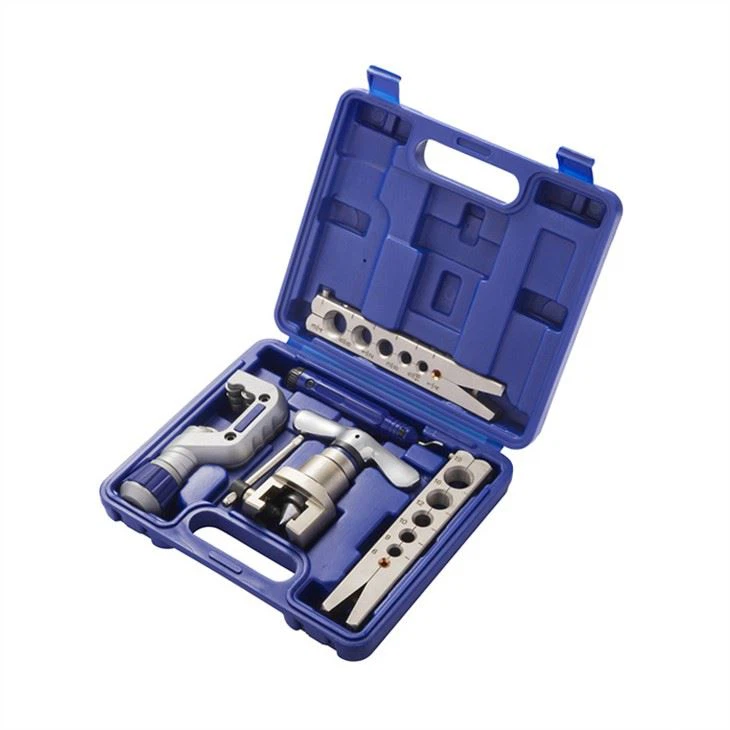Getting Started with Stihl Saw Maintenance
Maintaining your Stihl saw is crucial for its longevity and performance. Before you start any maintenance work, ensure the saw is off and completely cool. Wear protective gloves to prevent any potential injuries. Assemble all necessary maintenance tools such as a cleaning brush, lubricant, and a sharpener. Always refer to the owner’s manual for specific maintenance instructions for your model. Regular maintenance not only keeps the saw running smoothly but also enhances safety during its operation.

Essential Cleaning Techniques for Your Stihl Saw
Keeping your Stihl saw clean is a key part in ensuring its longevity and optimal performance. Dirt and debris can cause damage and affect the saw’s efficiency. To maintain it well, follow these simple yet essential cleaning techniques.
Remove Debris from the Saw
Begin by brushing off loose dirt from the saw’s exterior. Use a soft brush or cloth to gently clean around the chain and the bar. Make sure to remove all sawdust, leaves, and other debris.
Clean the Guide Bar
The guide bar requires frequent attention. Remove it from the saw and wipe away any oil or resin buildup. Pay special attention to the bar’s groove; clear it with a bar-cleaning tool.
Check the Chain Condition
Inspect the chain for dirt and grime buildup. Use a designated chain cleaner or soapy water to loosen and remove residues. Rinse the chain with clean water and dry it fully before reattaching.
Service the Chain Sprocket
The sprocket can gather a lot of debris. Carefully clean and inspect it for wear. If the sprocket shows signs of significant damage, consider replacing it to maintain saw performance.
Wipe Down the Powerhead
With the guide bar and chain removed, clean the powerhead. Focus on air intake areas to prevent overheating. Use a damp cloth but avoid water ingress into the engine.
By regularly employing these cleaning techniques, your Stihl saw will remain in good working order, ensuring that you get the best results from your equipment.
Sharpening the Chain: Step-by-Step Guide
A sharp chain is crucial for your Stihl saw’s efficiency and safety. Over time, the chain can become dull. This may make cutting tasks harder and more dangerous. Follow this step-by-step guide to sharpen your Stihl saw’s chain and maintain optimal performance.
Inspect the Chain Before Sharpening
Start by examining the chain closely. Look for signs of dullness, such as chipped or bent teeth. Also, check for the correct tension. A too-loose or too-tight chain can affect sharpening quality.
Secure the Saw and Chain
Ensure the saw is stable before you begin. Use a vice clamp to hold the saw’s bar in place. This steadies the chain and prevents movement while sharpening.
Select the Right File
Choose a round file that matches the chain’s pitch and gauge. The right file size is key to effective sharpening. Check the owner’s manual if you are unsure.
Sharpen the Cutters with the File
Hold the file at the same angle as the cutter’s edge. File each cutter with smooth, even strokes. Count your strokes to sharpen each cutter equally.
Check the Depth Gauges
Depth gauges control the cut’s depth. Use a depth gauge tool to check and correct their height. This ensures the chain cuts effectively after sharpening.
Test the Chain’s Sharpness
After sharpening, test the chain’s sharpness. A sharp chain should bite into wood without much pressure. If the test cut is not satisfactory, you may need to sharpen the chain further.
By following these steps, you can keep your Stihl saw’s chain sharp and ensure your saw runs smoothly and safely with each use.

Lubrication: Ensuring Smooth Operation
Proper lubrication is key for the smooth operation of Stihl saws. This prevents friction and wear, which can lead to costly repairs. Here’s how to ensure proper lubrication of your Stihl saw.
Check Lubricant Levels Regularly
Before use, always check the oil level in the chain oil reservoir. If it’s low, refill it with the recommended oil for your model.
Apply Oil to the Guide Bar
The guide bar needs regular oiling. Apply oil to its sides and the groove. This makes sure the chain moves freely.
Oil the Chain
Apply a thin layer of lubricant to the chain. This will help it move smoothly around the guide bar and sprocket.
Use the Right Lubricant
Pick the lubricant that Stihl recommends for your saw. The right oil can reduce wear and ensure efficiency.
Clean the Oil Ports
Make sure the saw’s oil ports are clear of debris. Clean ports allow oil to flow correctly to the chain and bar.
Monitor for Leaks
After lubricating, check for oil leaks from the reservoir. A leak can cause the saw to run dry and damage the chain and bar.
By following these lubrication steps, your Stihl saw will run more efficiently and have a longer life span.

Air Filter Maintenance for Optimal Performance
Maintaining the air filter in your Stihl saw is vital for top-notch performance. A clogged or dirty air filter can restrict airflow. This strain on the engine can reduce power and increase fuel consumption. To avoid these issues, follow these maintenance steps regularly.
Inspect the Air Filter Often
Regularly check your Stihl saw’s air filter, especially after heavy use. Look for dust and debris that could block airflow. If you notice significant dirt, it’s time to clean or replace the filter.
Cleaning the Air Filter
If the air filter is dirty, remove it and tap it gently to release loose dirt. For a more thorough clean, wash it in soapy water. After washing, rinse it and let it dry completely before reinserting it back into the saw.
Replace the Air Filter When Necessary
Sometimes cleaning isn’t enough. If the air filter shows signs of wear or damage, replace it. A new air filter ensures efficient airflow and protects the engine.
Reassemble the Air Filter Correctly
After cleaning or replacement, place the air filter back properly. Make sure it fits snugly. An improperly fitted air filter can allow harmful particles into the engine.
By routinely checking and maintaining the air filter, your Stihl saws remain powerful and efficient. Remember, a clean air filter is key to a long-lasting and well-performing engine.
Fuel Handling and Storage Tips
Good fuel handling and storage are critical for Stihl saws’ performance and safety. Follow these tips to manage fuel correctly.
Store Fuel in Approved Containers
Only use containers designed for fuel to store your saw’s gasoline. These containers help prevent leaks and preserve the fuel’s quality.
Keep Fuel Away from Ignition Sources
Store fuel in a cool, dry place away from any sources of ignition. This includes sparks, open flames, or heat.
Label Fuel Containers Clearly
Mark containers with the type of fuel they hold. This prevents mix-ups and ensures safe use.
Use Fresh Fuel
Fuel can degrade over time. Use fresh fuel and avoid using gas that’s been sitting for more than a month.
Dispose of Old Fuel Properly
Never pour old fuel onto the ground or down a drain. Take it to an approved disposal site.
Fill the Tank Carefully
When refueling your Stihl saw, make sure the engine is cool. Fill slowly to avoid spills.
Check for Fuel Leaks
Before every use, inspect your saw for any signs of fuel leaks. Address leaks immediately to prevent fire risks and damage.
By adhering to these fuel handling and storage tips, you ensure that your Stihl saws are safe to operate and ready for action when you need them.

Checking and Tightening Hardware
Regular checks and adjustments of your Stihl saw’s hardware are crucial for optimal performance and safety. Vibrations from normal use can cause bolts, nuts, and screws to loosen over time. Therefore, it’s important to periodically check and tighten the hardware of your saw. Here’s how to do it:
Inspect All Fasteners
Start by examining all fasteners, including bolts, screws, and nuts. Look for any that might have become loose or are missing.
Tighten Loose Hardware
Using the proper tools, tighten any loose hardware. Do not over-tighten, as this can damage parts or strip threads.
Replace Missing Parts
If you find missing hardware, replace them immediately. Using your Stihl saw without all its parts can be a safety hazard.
Check for Wear and Damage
While checking the hardware, look for signs of wear or damage. If you find any, replace the affected parts to maintain your saw’s integrity.
Keep a Maintenance Schedule
To stay on top of hardware maintenance, keep a schedule. Check the hardware at regular intervals or as recommended in the owner’s manual.
By performing these simple maintenance steps, you ensure your stihl saws remain in good condition, reducing the risk of breakdowns and enhancing safety during operation.
Professional Servicing and When to Seek It
While regular maintenance can be done at home, professional servicing is crucial for complex issues. Here’s when to seek professional help for your Stihl saw.
Recognizing Problems Beyond Basic Maintenance
Identify problems that are beyond regular maintenance tasks. These include engine failure, persistent starting issues, or unusual noises during operation.
Benefits of Professional Servicing
Professional servicing ensures a thorough check and repair. It extends the life of your Stihl saw and improves efficiency.
Finding the Right Service Center
Choose a service center that specializes in Stihl saws. Check for certifications and customer reviews before selecting.
Handling Emergency Repairs
In case of sudden breakdowns, seek immediate professional help. Delay can lead to more severe damages and higher repair costs.
Regular Professional Inspections
Schedule semi-annual or annual inspections at a professional service center. This can catch issues before they become costly repairs.
By understanding when to turn to professionals and keeping up with regular check-ups, you can maintain your Stihl saw in top working condition.





